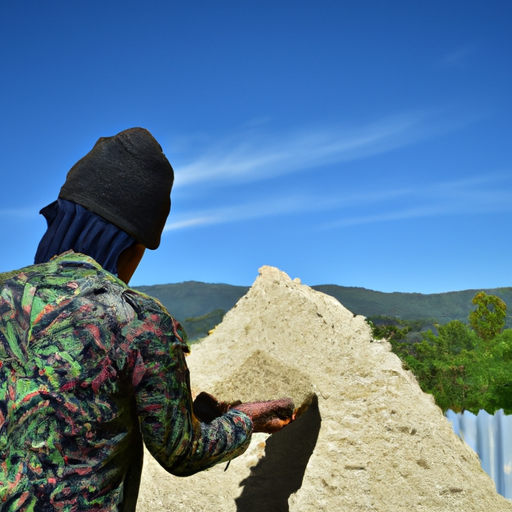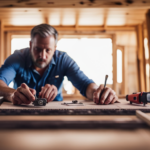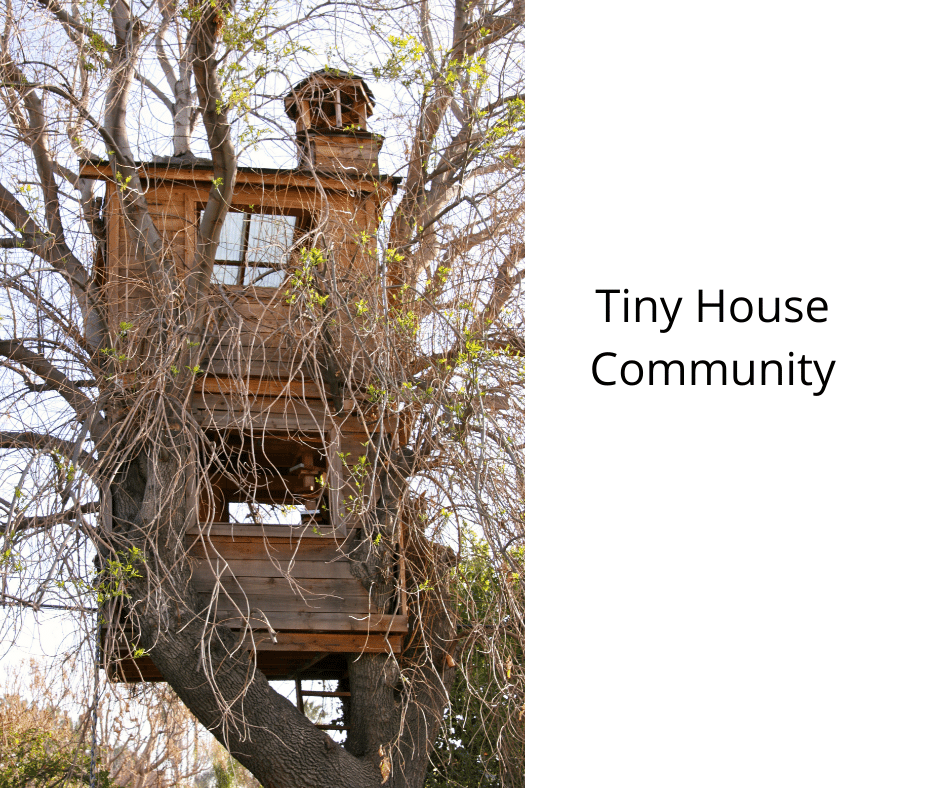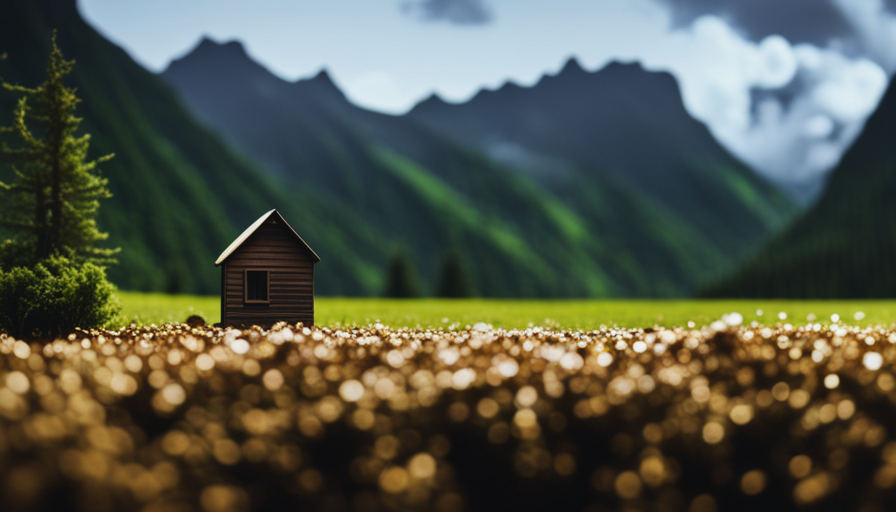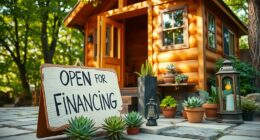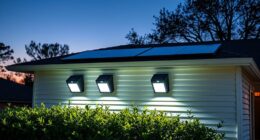For those seeking a unique and eco-friendly method for building a home, constructing with cob may be the solution. Cob, a natural building material made from clay, sand, and straw, is gaining popularity for its sustainable and energy-efficient qualities.
However, building with cob requires a certain level of expertise and knowledge, which can be daunting for those new to the method. Fortunately, private video courses offered by Alex of This Cob House provide a comprehensive guide to building with cob and earthen materials, making it easier for individuals to build a modern cob home with confidence.
These video courses offer a step-by-step system that covers everything from the initial design and site selection to the final finishing touches, such as roofing, plastering, and utilities installation. With over 16 hours of instructional videos, the courses offer a wealth of knowledge that can help individuals bypass the learning curve and build a higher quality level of building.
Furthermore, with the current holiday special offering 90% off, this is an excellent opportunity for those interested in building a modern cob home to learn from an expert and gain the skills necessary to embark on a sustainable and practical building journey.
Key Takeaways
- Cob construction is a sustainable and energy-efficient way of building a home using natural materials.
- Building with cob requires expertise and knowledge, and private video courses offered by This Cob House provide a comprehensive guide to building with cob.
- The steps for building with cob include site selection, foundation compliance, wall construction, appropriate roofing, insulation, ventilation, rainwater harvesting, and finishing touches.
- Using earthen materials for plastering, roofing, flooring, utility installation, and landscaping provides a sustainable and cost-effective alternative to traditional materials.
Cob Building Basics
The video courses offered by Alex of This Cob House provide a comprehensive guide to building modern earthen buildings with cob and earthen materials.
One of the basic topics covered in the program is the cob building basics, which includes the benefits of cob building and sustainable construction techniques.
Cob building is a sustainable construction technique that uses earth, water, and straw to create durable and energy-efficient structures.
It is an eco-friendly alternative to traditional building methods that uses materials like cement, steel, and wood.
Cob building benefits include low cost, flexibility in design, and natural insulation.
The video courses from This Cob House provide learners with the knowledge and skills to build high-quality cob homes and structures, promoting sustainable and eco-conscious construction practices.
Steps for Building with Cob
Mastering the foundational principles of earthen architecture can provide a comprehensive understanding of the steps involved in constructing a sustainable dwelling using natural resources. When building a modern cob home, several steps need to be taken into consideration to ensure the building is safe, durable, and compliant with local building codes.
Here are some key design considerations and steps for building with cob:
- Site selection: The location of the building is crucial in determining its durability and longevity. Factors such as soil type, slope, and water drainage should be considered when selecting a site.
- Foundation: Cob structures require a solid and stable foundation to support the weight of the building. The foundation should be designed based on the size and weight of the structure, and comply with local building codes.
- Wall construction: The walls of a cob structure are made by layering cob mix in courses. Each course should be allowed to dry before the next one is added. The thickness of the walls should be determined based on the climate, insulation needs, and local building codes.
- Roofing: The type of roofing used should be appropriate for the climate and comply with local building codes. Considerations for insulation, ventilation, and rainwater harvesting should also be taken into account.
- Finishing touches: The final stages of building a modern cob home include plastering, flooring, utilities installation, and landscaping. These finishing touches should enhance the energy efficiency, comfort, and aesthetic appeal of the building.
By following these design considerations and steps, you can build a modern cob home that is both sustainable and compliant with local building codes.
Finishing Touches with Earthen Materials
To ensure the final stages of construction are executed with precision, careful attention must be paid to the selection and implementation of appropriate earthen materials for plastering, flooring, utility installation, and landscaping.
Earthen materials like clay, sand, and straw can be used for plastering walls, creating durable and sustainable finishes that are also aesthetically pleasing. Moreover, earthen material roofing can provide a sustainable and cost-effective alternative to traditional roofing materials. It is important to select materials that are locally sourced and environmentally friendly, ensuring that the building remains in harmony with the surrounding ecosystem.
Sustainable cob building techniques also include the use of earthen materials for flooring, which can be created using a mixture of clay, sand, and straw. This creates a durable and sustainable flooring option that is also affordable. Additionally, earthen materials can be used for utility installation, such as creating conduits for electrical wiring or plumbing.
Lastly, earthen materials can be used for landscaping, creating a cohesive and sustainable aesthetic for the entire property. With careful consideration and implementation of appropriate earthen materials, the final stages of construction can be executed with precision, resulting in a modern cob home that is both eco-friendly and aesthetically pleasing.
Frequently Asked Questions
What are some common mistakes to avoid when building with cob?
When building with cob, there are common mistakes that can be avoided with proper foundation preparation and structural design.
Foundation preparation is crucial in order to prevent settling and shifting of the cob walls. It is important to ensure that the foundation is level, compacted, and able to support the weight of the structure.
Structural design should also be carefully considered to ensure that the walls are not too thick or thin, and that they are reinforced with appropriate materials. Overbuilding or underbuilding can lead to structural issues down the line.
Additionally, it is important to properly mix and apply the cob mixture, and to allow ample time for drying before adding additional layers.
With attention to these details, building with cob can be a practical and eco-conscious choice for those seeking a unique and sustainable home.
How do you properly maintain and repair a cob home?
Cob homes, when built properly, can last for centuries with minimal maintenance. However, like any other type of building, cob homes are not immune to wear and tear.
Cob home durability can be increased by using proper construction techniques, such as incorporating a strong foundation, proper roof overhangs, and good drainage systems.
When it comes to cob home renovation techniques, the most important factor is to work with an experienced professional who understands the unique properties of the building material.
One common renovation technique is to reapply plaster to the walls to prevent moisture penetration, which can lead to deterioration of the cob.
Another technique is to replace damaged sections of the walls with new cob, which requires careful attention to matching the texture and color of the existing cob.
Overall, cob homes require regular inspections and maintenance to ensure their longevity, but with proper care, they can provide a beautiful, sustainable, and long-lasting living space.
Can cob homes be built in areas with extreme weather conditions?
Cob homes, being made of natural and earthen materials, can provide good insulation against extreme weather conditions. However, additional insulation options such as straw bales or cellulose can help improve the thermal properties of the structure.
Building codes and regulations vary by location, so it is important to research and comply with local requirements. Some areas may have specific regulations regarding the use of earthen materials, so it is important to consult with local authorities and professionals in the field.
With proper planning and adherence to building codes and regulations, it is possible to build a durable and sustainable cob home in areas with extreme weather conditions.
What are some alternative materials that can be used in conjunction with cob?
Natural building techniques and sustainable architecture offer a plethora of alternative materials that can be used in conjunction with cob.
For example, straw bale, adobe, rammed earth, and hempcrete are all eco-friendly and cost-effective options that can be used in combination with cob to create energy-efficient and sustainable homes.
Straw bale is a great insulator, adobe is durable and fire-resistant, rammed earth offers thermal mass, and hempcrete is lightweight and breathable.
By combining different natural building techniques, architects and builders can create structures that are not only aesthetically pleasing, but also environmentally responsible and energy-efficient.
How does building with cob compare in cost to traditional building methods?
Cost comparisons between building with cob and traditional building methods vary depending on location, materials used, and labor costs. However, in general, cob building can be a more affordable option as it utilizes mostly natural and local materials, reducing transportation costs.
Additionally, the sustainability benefits of cob building, such as its low environmental impact, durability, and energy efficiency, can lead to long-term cost savings. Cob buildings also have the potential to be self-sufficient, with the ability to incorporate renewable energy sources and off-grid systems.
Ultimately, while there may be initial cost differences between cob and traditional building methods, the practical and eco-conscious benefits of cob building make it a valuable and viable option for those looking to build sustainable and affordable homes.
I’m Theodore, and I love tiny houses. In fact, I’m the author of Tiny House 43, a book about tiny houses that are also tree houses. I think they’re magical places where imaginations can run wild and adventures are just waiting to happen.
While tree houses are often associated with childhood, they can be the perfect adult retreat. They offer a cozy space to relax and unwind, surrounded by nature. And since they’re typically built on stilts or raised platforms, they offer stunning views that traditional homes simply can’t match.
If you’re looking for a unique and romantic getaway, a tree house tiny house might just be the perfect option.
